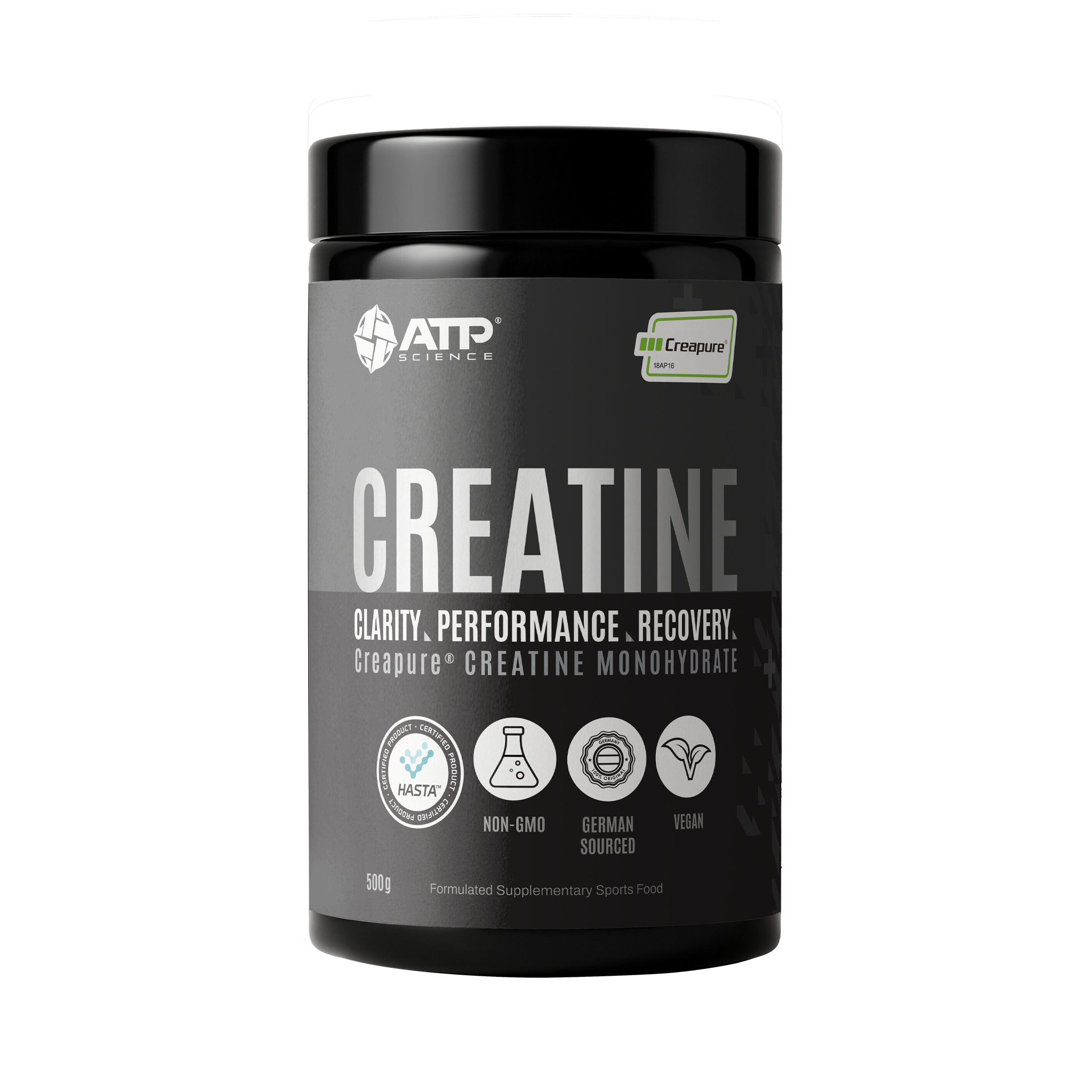Gutright 10-Day Challenge and Maintenance Phase - Everything You Need To Know
Step 1
Step 2
What does a whole-food diet look like?

|
INCLUDE A VARIETY AS PART OF A WHOLEFOOD DIET |
||
|
Carbohydrates |
Low-Starch Carbohydrates Or “Low Carbohydrate” |
Organic when possible: Asparagus, Alfalfa, Spinach, Cucumber, Leek, Zucchini, Lettuce, Pumpkin, Onion, Celery, Kale Cabbage, Broccoli, Cauliflower, Capsicum, Tomato, Brussels sprouts, Bok Choy, Mushrooms. |
|
Higher-Starch Carbohydrates Or “Complex Carbohydrates” |
Organic when possible: Banana, Apple, Orange, Potato, Sweet Potato, Rice, Buckwheat, Quinoa, Barley, Legumes (when tolerated) Oats (soaked where possible), Sourdough or sprouted breads. |
|
|
Fats |
Saturated fatty-acid chains Single bonds and include myristic, palmitic, stearic, and lauric acids. |
Coconut oil, coconut milk/cream, butter, milk, cheese, meat products. |
|
Monounsaturated fats One double chemical bond in their fatty-acid chains that are liquid at room temperature. Helps raise beneficial HDL cholesterol and lowers inflammatory triglyceride levels. |
Olive oil, avocado oil, macadamia nuts, lard. |
|
|
Polyunsaturated fats Two or more double bonds in their fatty-acid chains and include the two essential fatty acids in the human diet: linoleic acid (LA), an omega-6 fatty acid, and alpha-linolenic acid (ALA), an omega-3 fatty acid. ALA can be converted in the body to make EPA and DHA, the omega-3s that are truly vital for our health. |
Omega-3’s -ily fish (salmon, mackerel, tuna), flaxseeds, walnuts. Omega-6’s - avocados, raw or activated nuts, seeds, poultry. NOTE: Omega-6’s can also be found in unhealthy foods such as refined seed oils. |
|
|
Trans fats Can be both man-made and natural trans fats. While the consumption of man-made trans fats is harmful, increasing the risk of heart disease, cancer, diabetes, and neurodegenerative diseases, natural trans fats offer several health benefits. |
Natural trans fats - pastured meats and dairy. Where possible, choose organic, produced from pasture raised animals. Natural yoghurts, Cottage cheese, Ricotta, Feta, Quark, Mozzarella. Dairy Alternatives: Natural coconut or almond based yoghurt (sugar free), Plant-based cheeses (ensure minimal ingredients and all natural), Nut based milk alternatives (ensure they are unsweetened and have natural ingredients – home-made is ideal).
|
|
|
Proteins |
Complete Proteins |
Eggs (organic, free range), fish (oily, white and on the smaller scale), poultry, beef, lamb, dairy products, tempeh/tofu (organic, non GMO, whole soybeans), hemp seeds. Grains and legumes are incomplete proteins when looked at individually; when both are consumed in adequate quantities across the day, they can provide the complete set of essential amino acids needed by the body. |
|
Incomplete Protein |
Legumes, whole grains (when not consumed in the same day in adequate quantities). |
|
|
AVOID or “SOMETIMES FOODS” |
|
|
Carbohydrates |
Highly processed cereals and breads (white bread and most supermarket brands) Baked goods – cakes, biscuits, pastries Potato / corn / vegetable chips (in packets)
Canned and Processed Meals Canned Fruits and Vegetables - with added sugar (see label reading tips below) Soft drinks / fruit juices Confectionary Commercial sauces, mayonnaise, salad dressings Sugar, fructose, maltodextrin, glucose, dextrose, honey Excessive alcohol - technically in it’s own special category however, commonly has added sugars and a carbohydrate content. |
|
Fats |
Canola, corn oil, soybean, peanut oil, cottonseed oil, margarine Man-made trans fat - crackers, fried foods Highly processed dairy foods including ice-creams, yoghurts, custards etc. Roasted, sugared nuts |
|
Protein |
Processed meats such as deli meats that have been preserved with nitrates. Non-organic bacon, ham, cold cuts, luncheon meats, sausages. Highly processed plant-based proteins such as veggie burgers (when not made from legumes), vegetarian ‘seafood’ replacements, vegetarian ‘çhicken’ replacements, vegetarian ‘sausage’ replacements, vegetarian ‘meat’ replacements. |
Step 3
Phase 2 - Maintenance Phase
1. Slowly re-introduce complex carbohydrate foods if these are usually consumed but were avoided for 10 days. We recommend 1 form every 1-3 days and measure how your body responds. You might like to write these observations down in a diary as you introduce more foods to allow you to keep track of the progress you are making and what foods are working for you right now. Things you could keep track of are:
Is food easier to digest or less agreeable?
How are your bowel movements?
Are you bloated?
Any changes in your energy levels?
Has your mood changed?
Any other physical, mental, or emotional changes?
If you have any concerns it is always best to check in with your healthcare team, keeping track of changes like this could be beneficial to help your team find out what is happening and why.



















